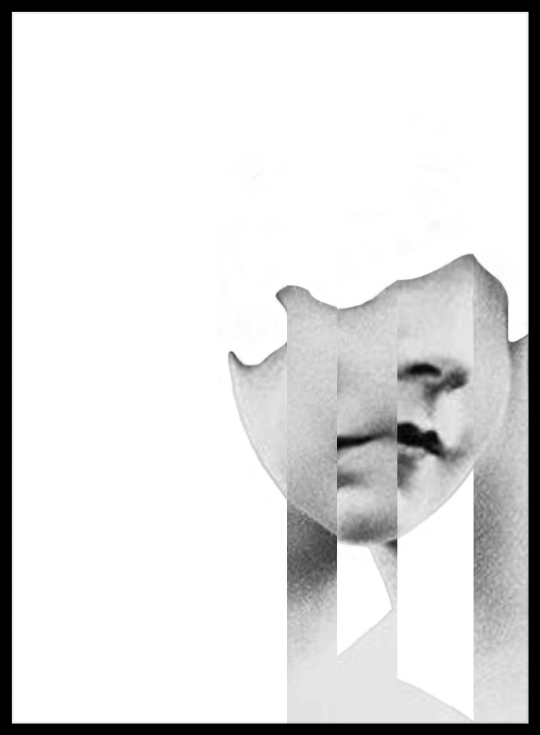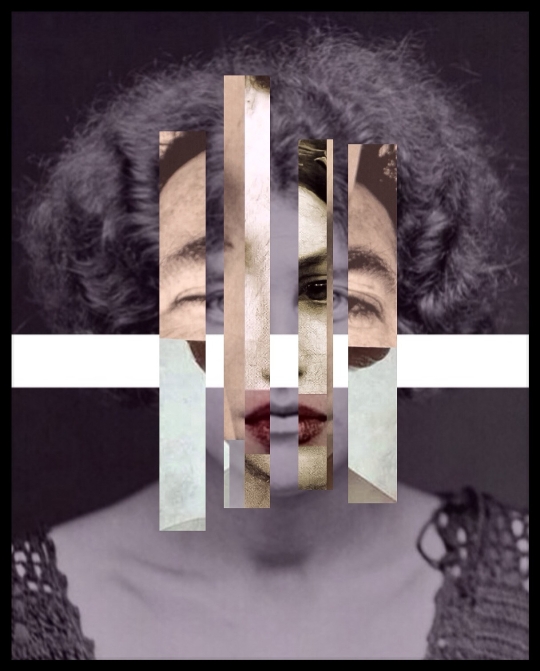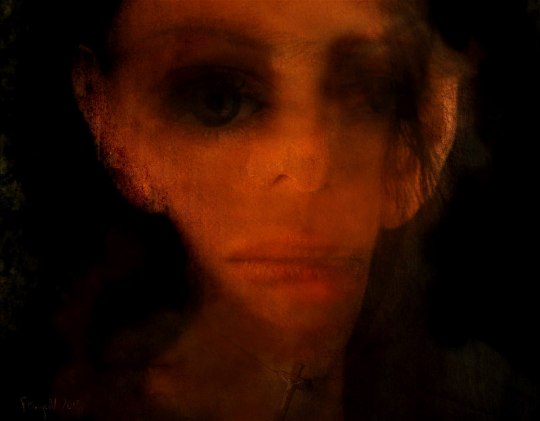A Tame Goose Never Goes Wild
by Wal Keck
A ragtag bunch of statements that between them might be relevant:
Then
John Renshaw taught me (and others):
“You can tame a wild goose, but a tame goose never goes wild,” he said. “Don’t be in too much of a hurry to bring it under control.”
He looked at work and said “You were coming out from under the table and ‘oooooh,’ you’ve banged your head”
and walked away.
Another time he looked and said “You’re skating, lad. Skating. Oo – Thin ice”
and walked away.
All was metaphor and all, eventually, sank home.
He took some of the students, who had spent the previous two weeks in the printmaking department, outside to the yard and had them build a large framework, to which they were instructed to attach their previous two weeks’ work. He then set about setting fire to the frame, instructing the students to grab a piece of A1 paper and to start to draw as their efforts went up in smoke. Most students grabbed their work off the frame and ran. Those that grabbed their paper and drew, went on.
He talked in terms of mark making. He talked of lines. He talked of it all being about space. He packed us off to look at Velázquez.
He taught us to avoid being precious, to be prepared to overwork a picture to derive more from it. The next picture was the thing.
At the end of the year he brought in some of his own work. I was surprised, given the sort of things he encouraged us to do, at how small the paintings were. I said, “I thought they would be big paintings?” He said “They are big paintings, lad, they are big paintings.”
Now
I look at the work I produce 33 years later and wonder where, in all of the excessively tight control that an I-Pad gives me, lie the ripples of those lessons?
Process
My involvement with the process and its impact upon me are still what interest me most.
Working digitally, it is always possible to retreat in time and to follow a different seam.
I have always in my mind, somewhere, the thought that this is all leading up to “The Picture,” the image that, for me, stands head and shoulders above all others. The product of all of it. The outcome. The result. I hope that I never produce “The Picture” as it ends there.
Potential
I’ve always been more thrilled by potential than realization.
Looking
The images are subservient to the act of looking.
I cannot look at an image as well as I look through the process of cutting, reassembling and/or erasing that image.
I recall J.G. Ballard saying that he did not want his children to read his books as it was too intimate a relationship for them to have with him.
When I am erasing areas of old paintings it can also feel too intimate. I enter a room in the National Gallery and seeing one of ‘my’ renaissance paintings across the room, blush slightly with the feeling that others know.
Momentum
At full tilt I feel that were I to lay upon the cold wet morning grass then I would sizzle.
The loss of momentum brings the leaden drag of gravity.
Images
The images are diary entries that trigger a recollection of an experience and/or a sequence of thoughts.
Sometimes they are markers, or signposts, of another seam of ideas, sometimes of dead ends.
Mining
Like a hunter, I track images to use. I gather them together and then mine them until I have extracted all that I can currently use.
The potential of a newly struck seam can take years off.
Inevitably the slagheaps pile up around me, making it difficult to find anything and to choose only 15 images.
N.B. No canaries were harmed in the production of the work.
It is all just the act of looking and of being engaged with a process.
It is all process and the impact of the process on the act of looking.
I am not focussed on the images. They interest me, but not as much as the process and the act of looking that they involve.
I see my work as debris, as fall out from my involvement with a process. The pictures were always subservient to the process and the act of looking.
See more of his work on Instagram: wal616.




















































































